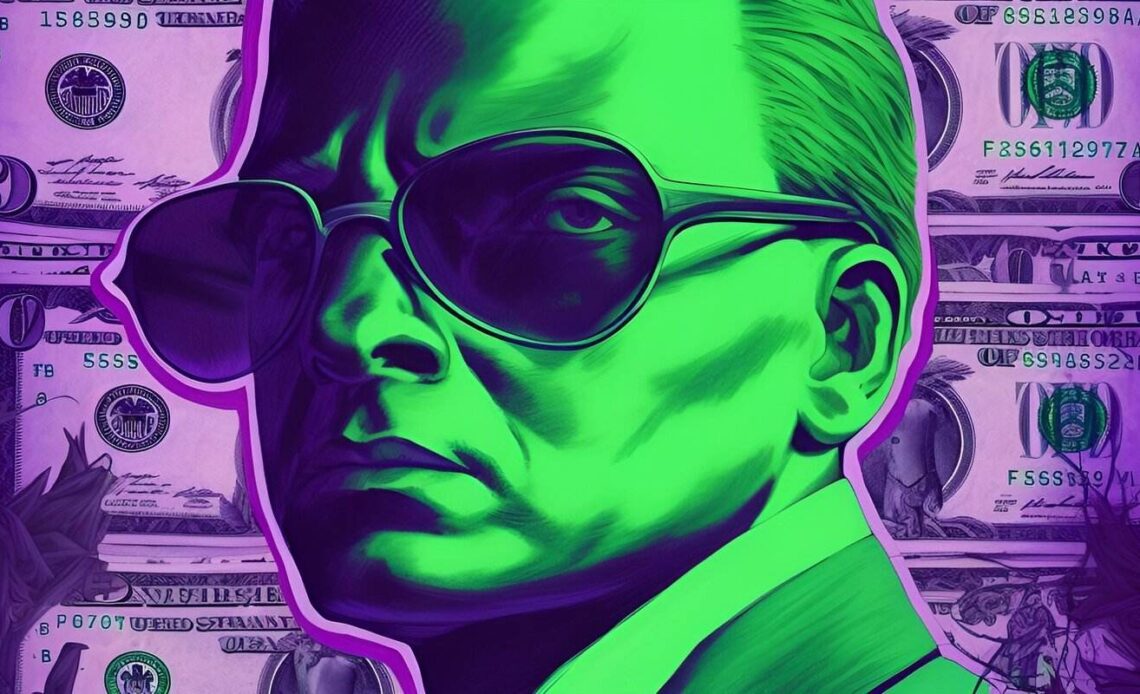HodlX Guest Post Submit Your Post
The invention of Bitcoin was a technological breakthrough that disrupted the status quo. When Bitcoin was first created, central banks thought they could safely ignore it.
As Bitcoin adoption gained momentum, central banks were forced to pay attention and try to understand what Bitcoin means for the roles of central banks and the technology they use.
In recent years, central banks have converged on the point of view that there are aspects of Bitcoin that they can and should incorporate into their processes and underlying software.
CBDC (central bank digital currency) is a catch-all term for a central bank-issued currency that incorporates elements of cryptocurrencies into its operating model.
Since money is already digital, why are governments considering CDBCs
Central bankers and government officials claim CBDCs promote financial inclusion by offering the unbanked easy access to safe money.
They also state that CBDCs will increase payment efficiencies, lower transaction costs and make it easier for governments to enact monetary and fiscal policy.
In addition to these claims, CBDCs offer governments two benefits that should not be ignored CBDCs increase the state’s financial power over citizens, and they serve as a surface-level competitor for private sector innovations like Bitcoin.
Implementing a CBDC risks destabilizing large sectors of the economy, which explains why people are uneasy about the idea in countries like the United States.
Further, they represent a mild technological upgrade to fiat money not a breakthrough in monetary technology like Bitcoin.
CBDCs are still the same inflationary fiat currencies as before, albeit fully digital and less private.
In contrast, consumers are drawn to Bitcoin because of its unique monetary qualities and its censorship resistance.
Fortunately, CBDCs are not a threat to Bitcoin. In fact, CBDCs may even hasten Bitcoin’s adoption.
What are CBDCs
In the United States, the Federal Reserve creates dollars. These dollars consist of a mix of physical cash and reserve balances held by banks at the Fed.
Consumers use a combination of physical cash and digital dollars represented as deposits in their bank accounts.
However, digital dollars held in consumer bank accounts differ from those held by banks at the Federal Reserve.
Digital dollars in consumer bank accounts actually represent claims to dollars banks hold with the Fed.
Consumers cannot directly use…
Click Here to Read the Full Original Article at The Daily Hodl…
























